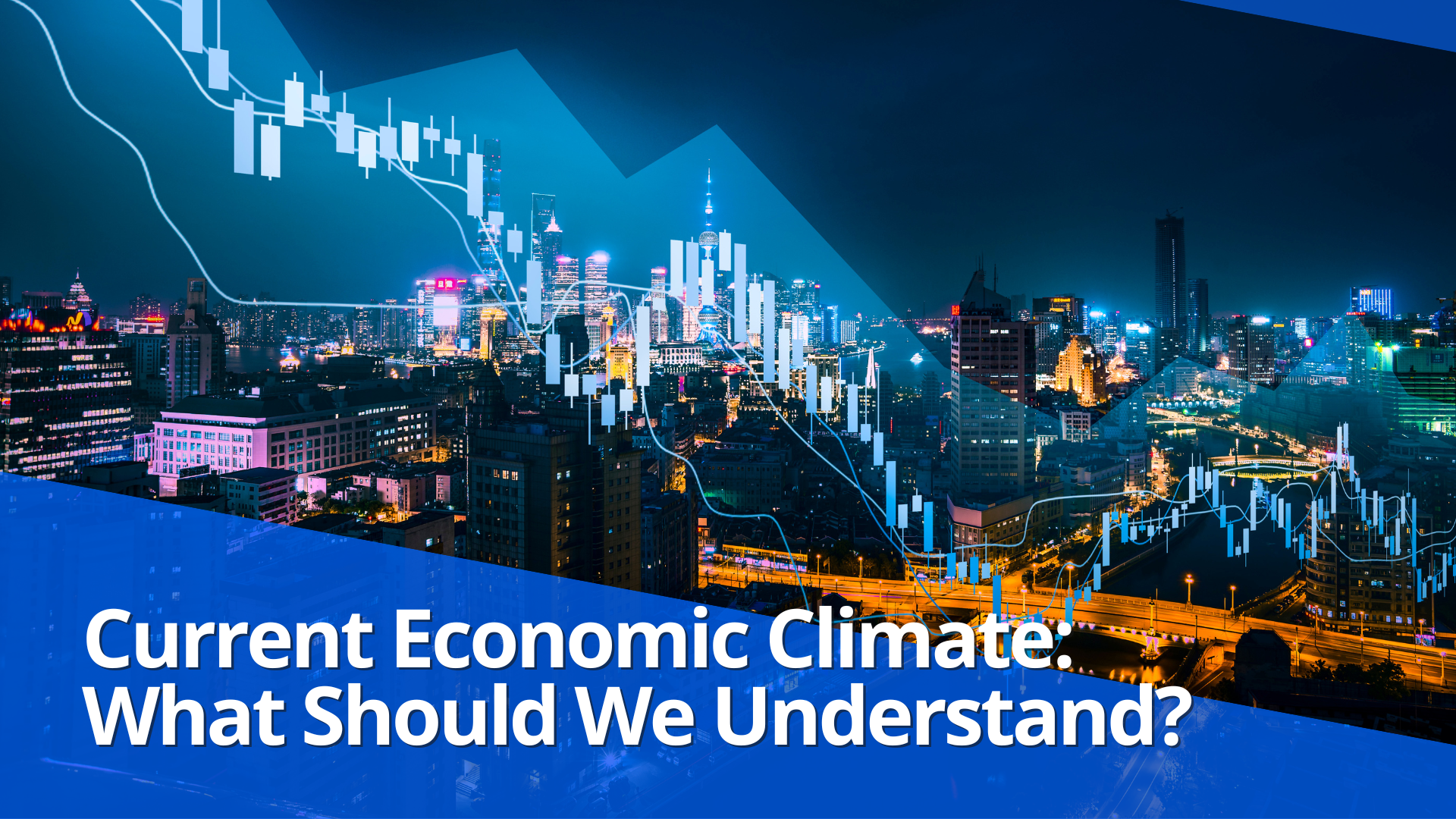Social media marketing is an ever-changing, dynamic force. If the digital landscape were a natural world, social media would be its weather—constantly shifting, influencing the environment, and requiring us to adjust our strategies accordingly. Harnessing the power of this ever-evolving platform has become increasingly complex, with the need to adapt to new trends and technologies constantly (Kaplan & Haenlein, 2010)[^1^].
Just a decade ago, a simple Facebook page might have been sufficient for a business to establish a digital presence. But today, with new platforms like TikTok, Instagram reels, and Facebook Marketplace, marketers must be willing to adapt their strategies to keep up with the latest trends and user behavior (Chaffey & Ellis-Chadwick, 2019)[^2^].
The Rise of Influencer Marketing
One of the significant shifts in recent years has been the rise of influencer marketing. By partnering with influential social media figures, brands can reach target audiences in more authentic and engaging ways (Freberg et al., 2011)[^3^]. Studies indicate that consumers are more likely to trust product recommendations from influencers they follow, as compared to traditional advertising (De Veirman et al., 2017)[^4^].
User-Generated Content
User-generated content (UGC) has also become a powerful tool in social media marketing. UGC refers to any content—text, videos, images, reviews, etc.—created by people, rather than brands. Brands are leveraging UGC for its authenticity, as it resonates more with consumers than polished brand-generated content (Smith, 2019)[^5^].
Video Content is King
Video content continues to reign supreme in social media marketing. The appeal of video content lies in its ability to deliver information in an engaging, easily digestible format. Social media platforms are pushing their video features, and marketers are responding accordingly. Instagram’s IGTV, Facebook’s live streaming, and the rapid rise of TikTok demonstrate the growing importance of video in social media strategies (Hutchinson, 2020)[^6^].
Ephemeral Content
Ephemeral content, or content that is available only briefly before disappearing, has also gained popularity. Snapchat pioneered this format, but it has since been adopted by Instagram and Facebook. This type of content capitalizes on FOMO (fear of missing out), driving quick engagement and increasing the immediacy of social media interactions (Mogensen & Kristensen, 2020)[^7^].
The Future of Social Media Marketing
The future of social media marketing lies in harnessing the power of artificial intelligence and machine learning. These technologies offer potential for greater personalization, better understanding of consumer behavior, and enhanced customer service experiences (Chaffey & Ellis-Chadwick, 2019)[^2^].
As social media continues to evolve, so must our marketing strategies. Embracing change, staying informed about emerging trends, and being willing to experiment with new tactics are key to succeeding in this dynamic landscape.
References
[^1^]: Kaplan, A. M., & Haenlein, M. (2010). Users of the world, unite! The challenges and opportunities of Social Media. Business horizons, 53(1), 59-68.
[^2^]: Chaffey, D., & Ellis-Chadwick, F. (2019). Digital marketing (7th ed.). Pearson UK.
[^3^]: Freberg, K., Graham, K., McGaughey, K., & Freberg, L. A. (2011). Who are the social media influencers? A study of public perceptions of personality. Public Relations Review, 37(1), 90-92.
[^4^]: De Veirman, M., Cauberghe, V., & Hudders, L. (2017). Marketing through Instagram influencers: the impact of number of followers and product divergence on brand attitude. International Journal of Advertising, 36(5), 798-828.
[^5^]: Smith, A. (2019). The power of user-generated content for social media marketing. Digital Marketing Magazine.
[^6^]: Hutchinson, A. (2020). The rise of video marketing on social media and how it impacts your business. Social Media Today.
[^7^]: Mogensen, H., & Kristensen, D. (2020). FOMO: Marketing’s latest trend. Journal of Marketing Trends, 1(1), 75-78.





